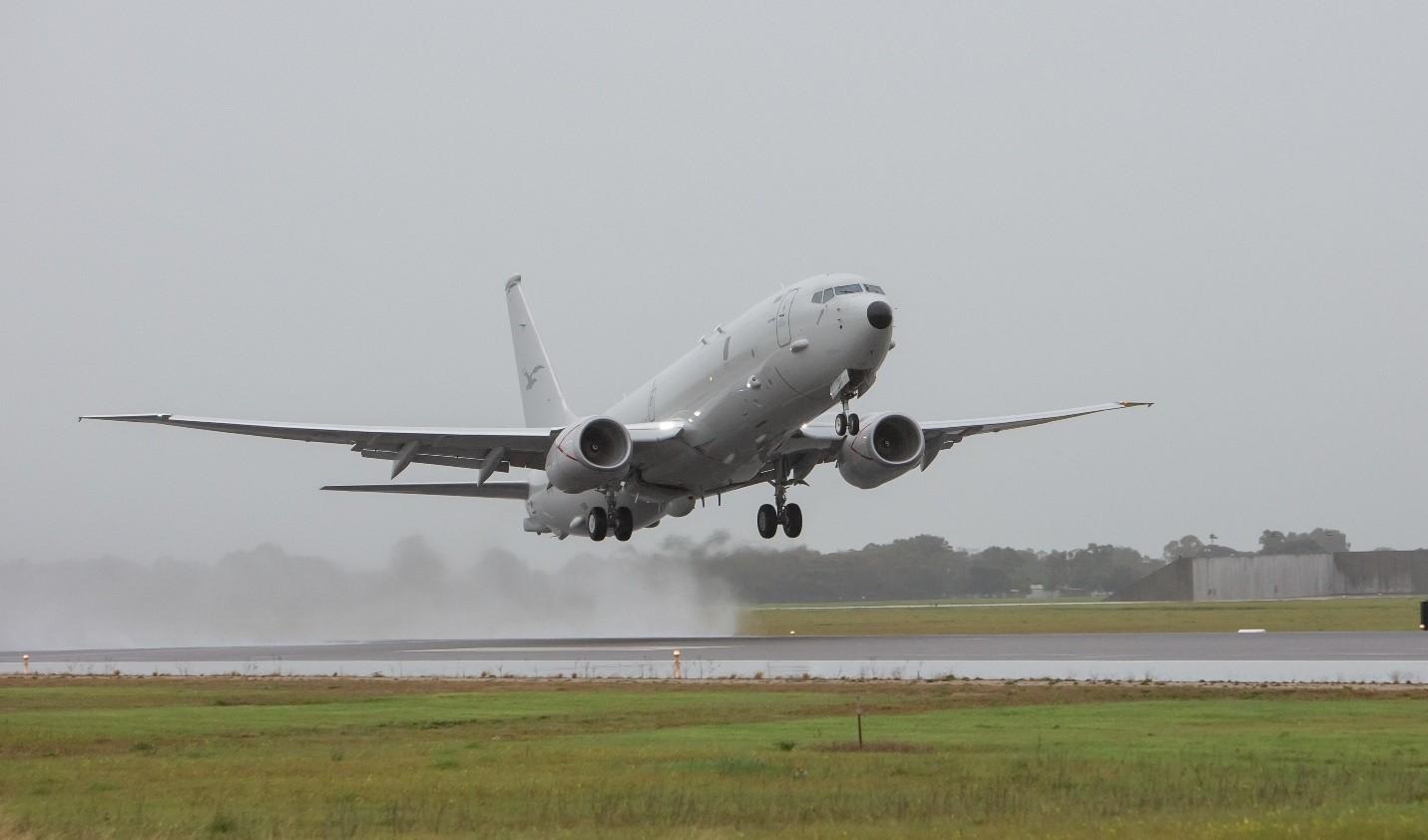Australia recently announced the Royal Australian Air Force’s (RAAF) fleet of P-8A Poseidon Maritime Patrol and Response aircraft will be upgraded to Increment Three Block Two, the latest capability upgrade available for the aircraft. The upgrade will enhance anti-submarine warfare, strike and intelligence capabilities. The first aircraft is expected to begin upgrades in 2026 with the final aircraft to be completed in 2030. The upgraded P-8A Poseidon aircraft will continue to be operated by RAAF’s No. 11 Squadron at RAAF Base Edinburgh, South Australia. PMA-290 manages the acquisition, development, support, and delivery of the Navy’s maritime patrol and reconnaissance aircraft.
“The Maritime Patrol and Reconnaissance Aircraft Program Office (PMA-290) works closely every day with our Australian teammates to promote international security and enhance interoperability, and this upgrade will set us up for future success in these endeavors,” said Capt. Eric Gardner, program manager of PMA-290.
The Boeing P-8 Poseidon is an American maritime patrol and reconnaissance aircraft developed and produced by Boeing Defense, Space & Security, and derived from the civilian Boeing 737-800. It was developed for the United States Navy (USN). The P-8 operates in the anti-submarine warfare (ASW), anti-surface warfare (ASUW), and intelligence, surveillance and reconnaissance (ISR) roles. It is armed with torpedoes, Harpoon anti-ship missiles, and other weapons, can drop and monitor sonobuoys, and can operate in conjunction with other assets, including the Northrop Grumman MQ-4C Triton maritime surveillance unmanned aerial vehicle (UAV).
The RAAF declared initial operating capability for the P-8A in March 2018. The fleet currently consists of 12 aircraft. In December 2020, the Commonwealth announced the acquisition of an additional two aircraft through its existing cooperative program with the U.S. Navy. The upgrade will ensure the RAAF P-8A’s operational effectiveness into the 2030s. Through cooperative programs such as the P-8A, the U.S. and Australian militaries continue to enjoy more than 100 years of “mateship.”















